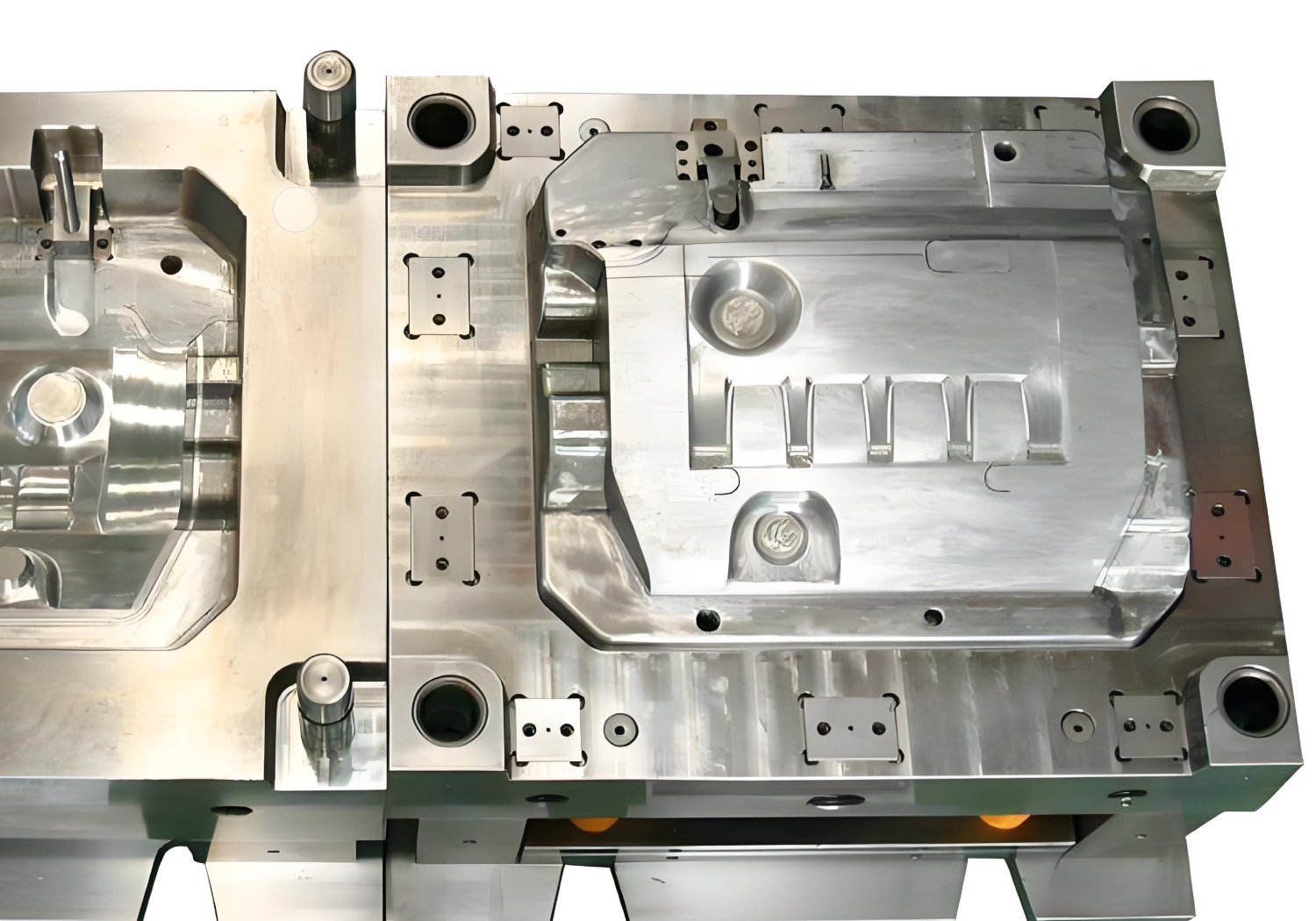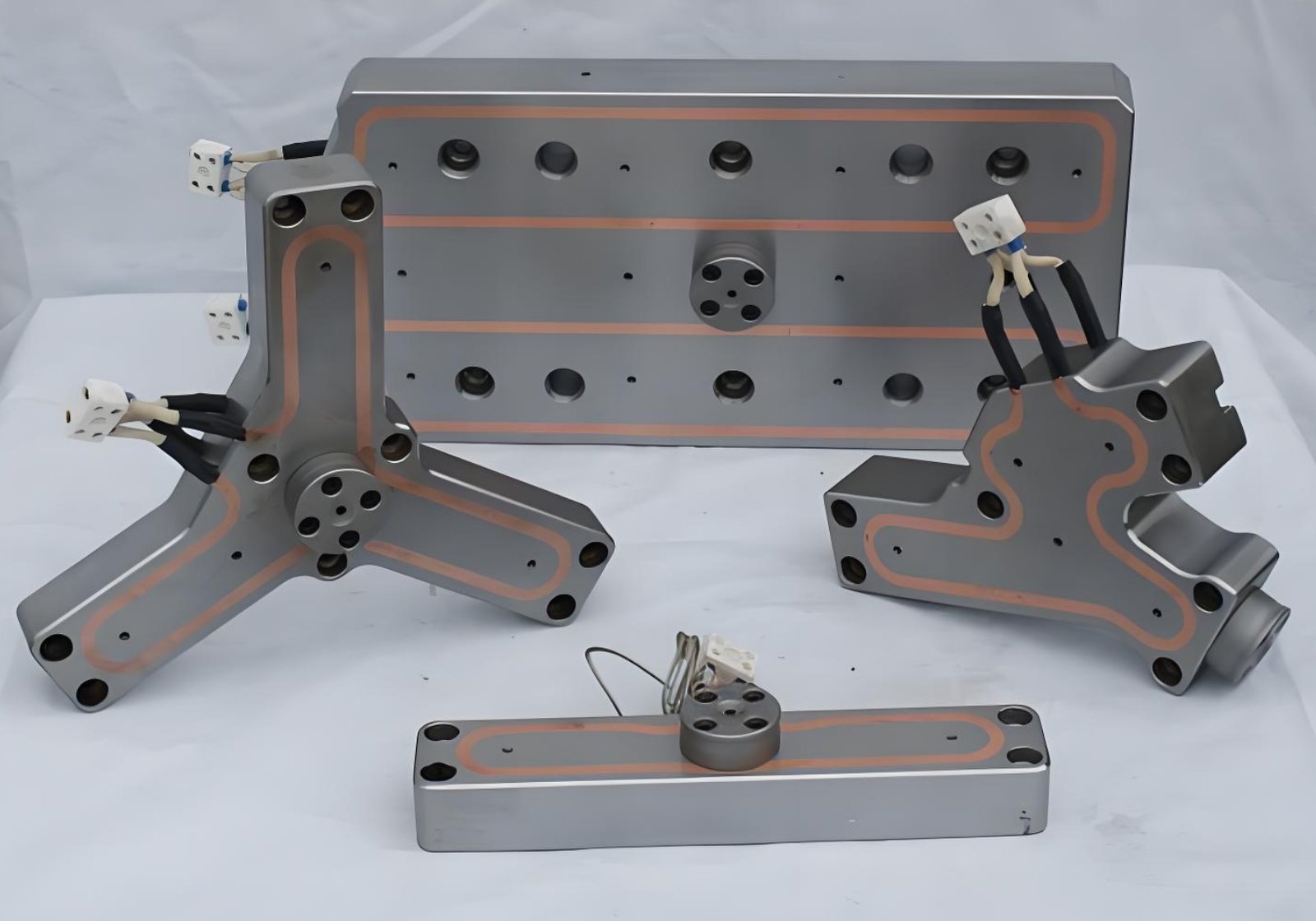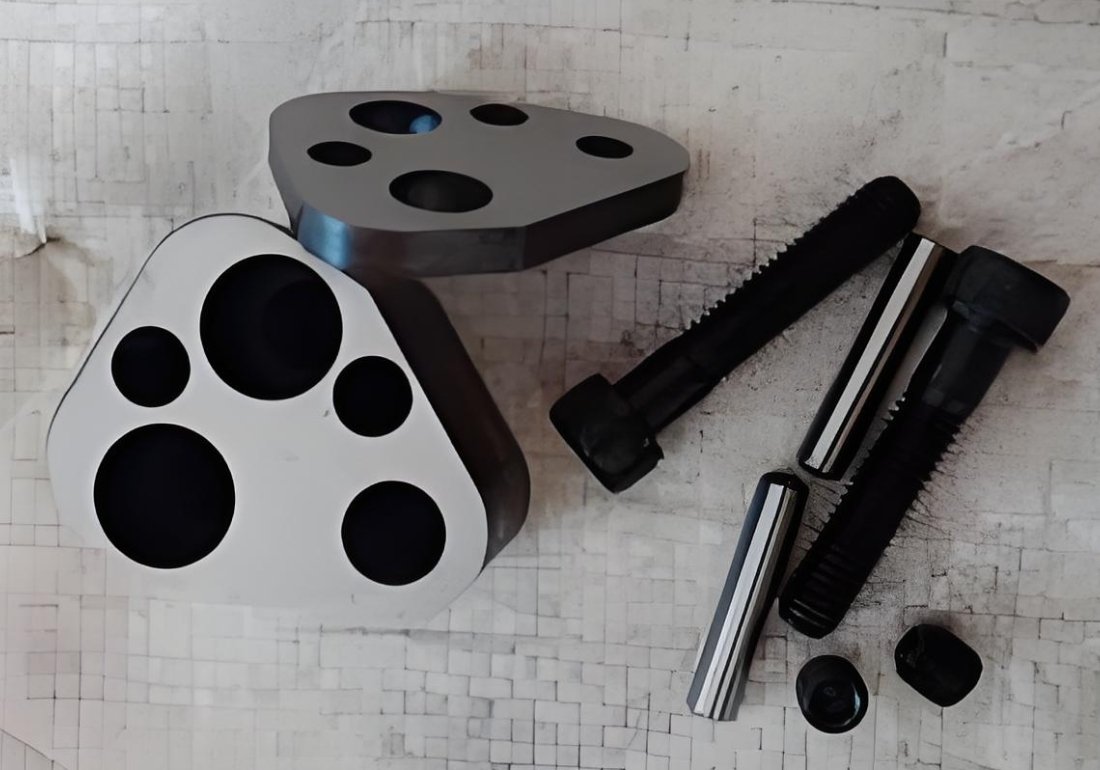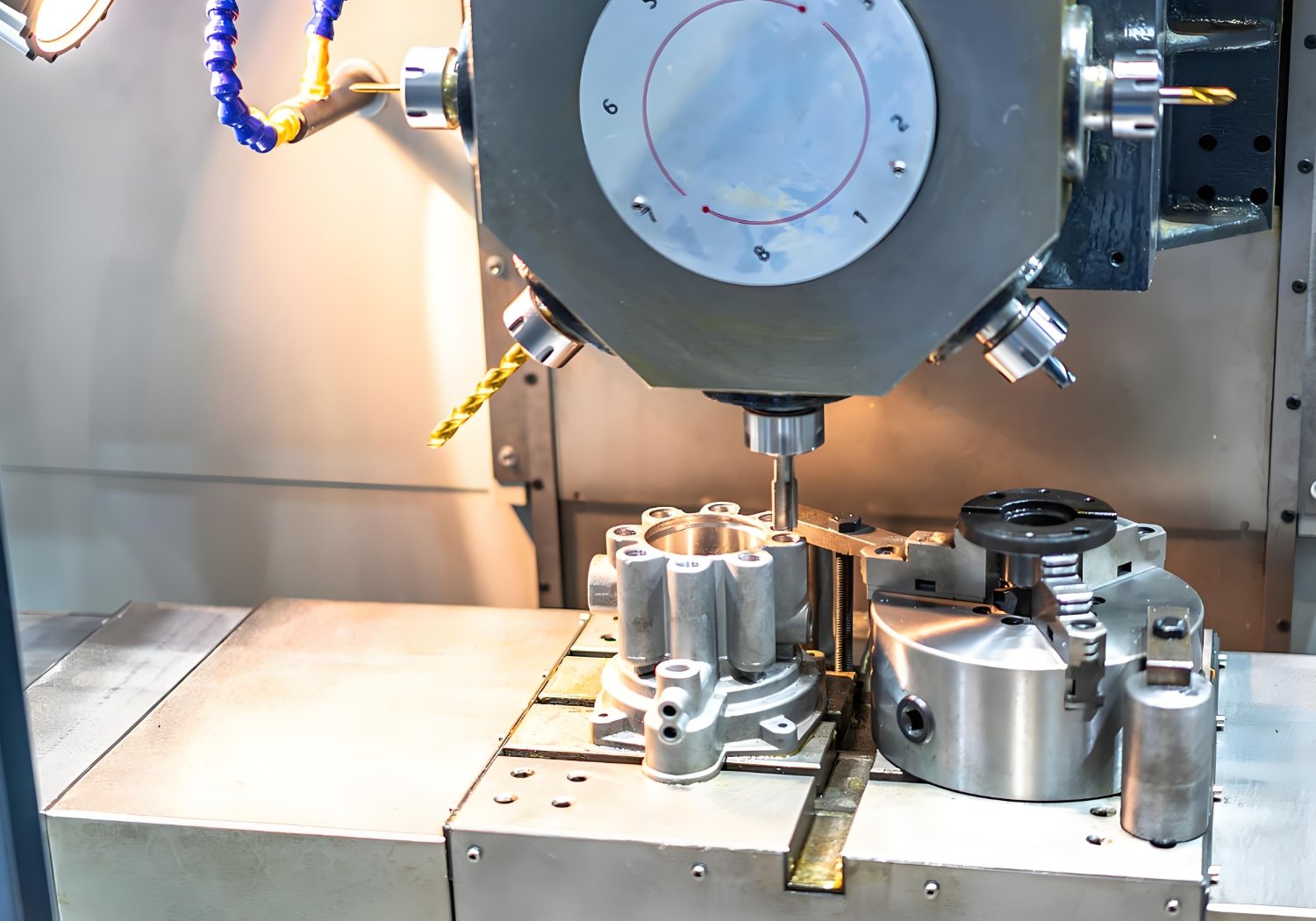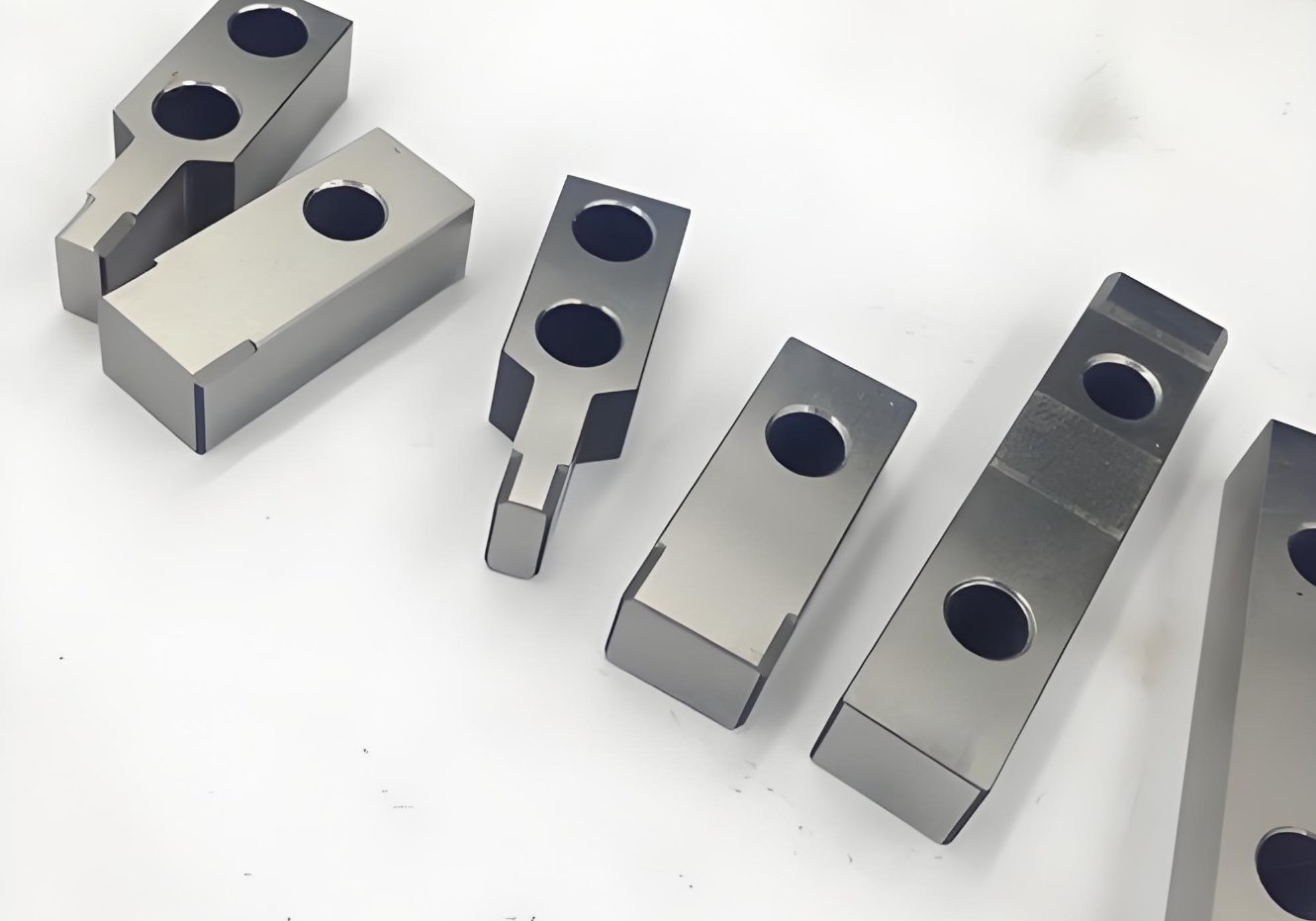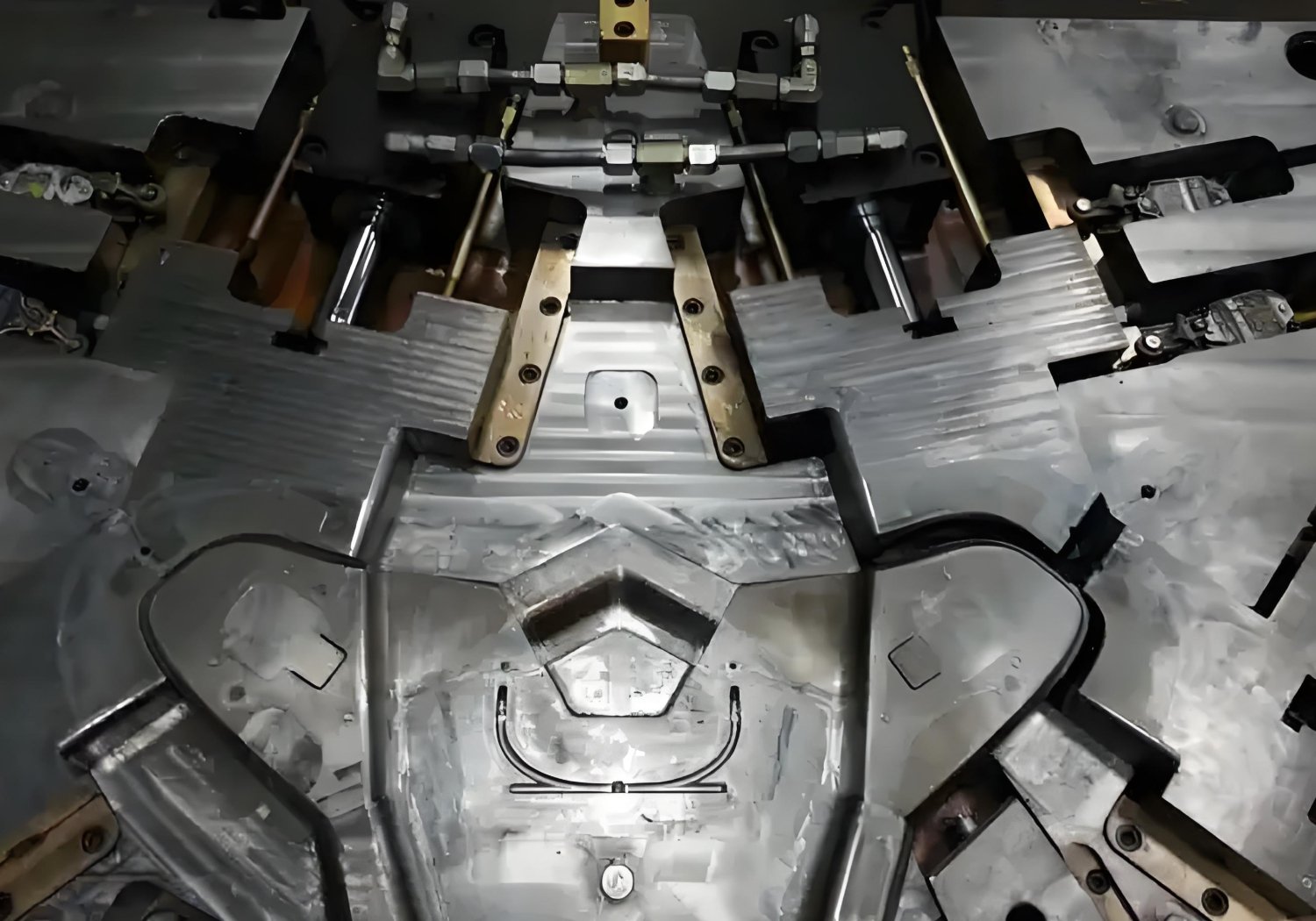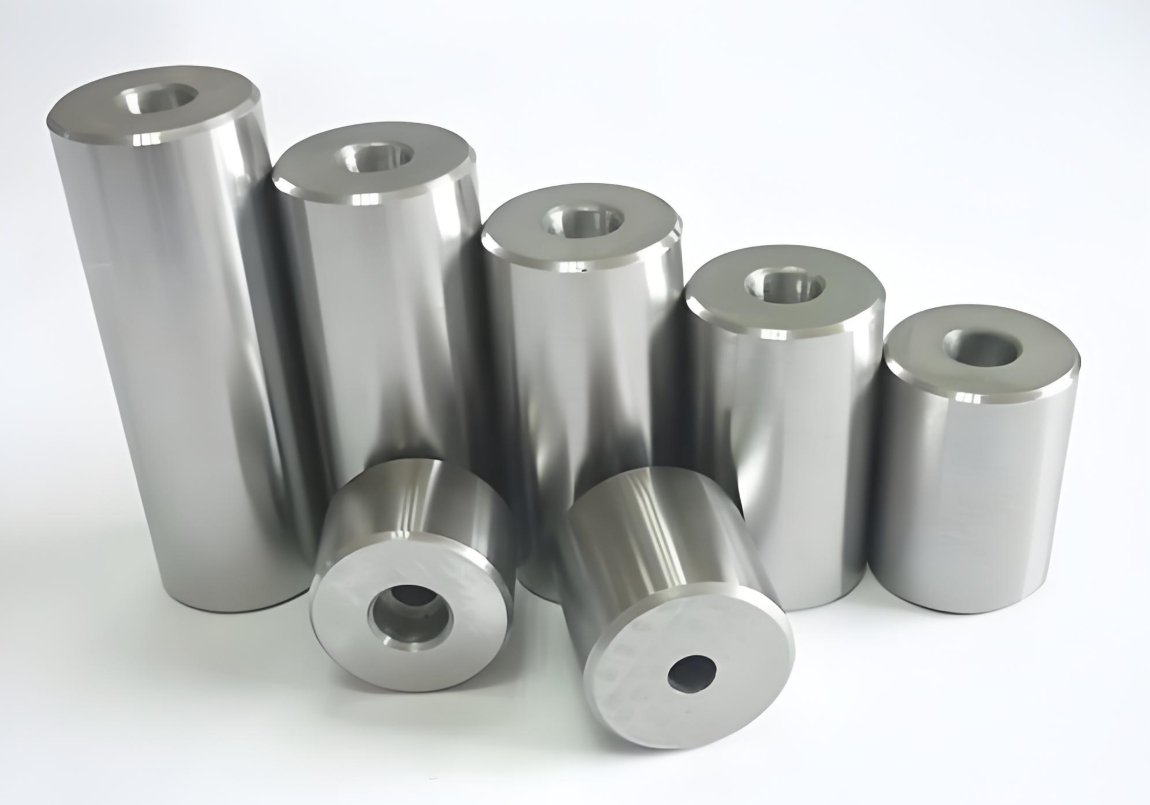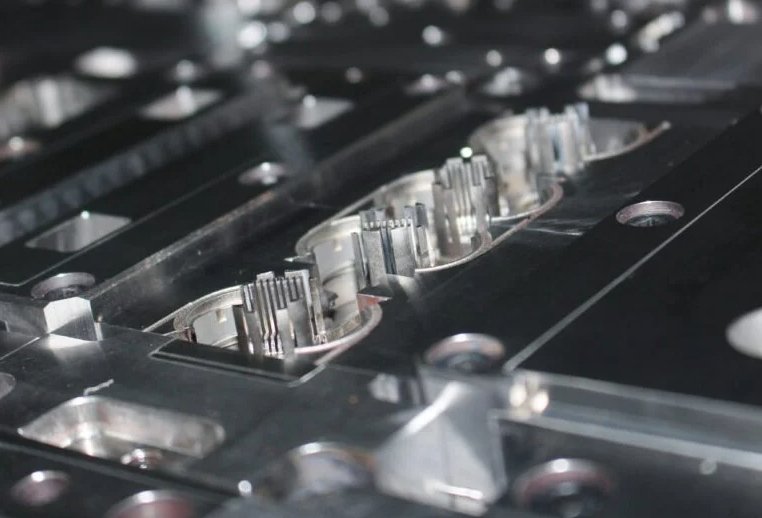Precision Cooling System Parts Manufacturer
- Speed: 5-day emergency service for critical component replacements.
- Energy Savings: 25% reduced coolant consumption with optimized flow designs.
- Technical Expertise: Free CFD analysis to eliminate hot spots.
Start your project now
ISO 9001:2015 Certified Processes
ISO 13485: 2016 Medical Device
IATF 16949: 2016 Automotive
AS9100 Quality Management
No Minimum Order Quantities
In-Process Inspection with CMM

Injection Mold Cooling System Components
Cooling systems regulate mold temperature via cooling channels, baffles, bubblers, O-rings, and connectors. They prevent part warping and reduce cycle times.
As a leading ISO 9001-certified supplier, we design cooling systems that maximize thermal efficiency and reduce cycle times. Our solutions deliver:
- ±0.005mm Channel Precision: Uniform cooling for distortion-free parts.
- Corrosion Resistance: Stainless steel and nickel-plated components for water-glycol mixtures.
- Rapid Customization: 7-day lead time for standard baffles and tubes (100+ designs in stock).
- Global Compliance: Meets DME, FUTABA, and automotive OEM specifications.
Key Features
High Thermal Conductivity
Copper alloys and stainless steel for rapid heat exchange.
Leak-Proof Design
Double-sealed O-rings (NBR/FKM) for high-pressure cooling (up to 8 bar).
Complex Geometry
Helical baffles and conformal channels for intricate molds.
Category of Cooling System Components
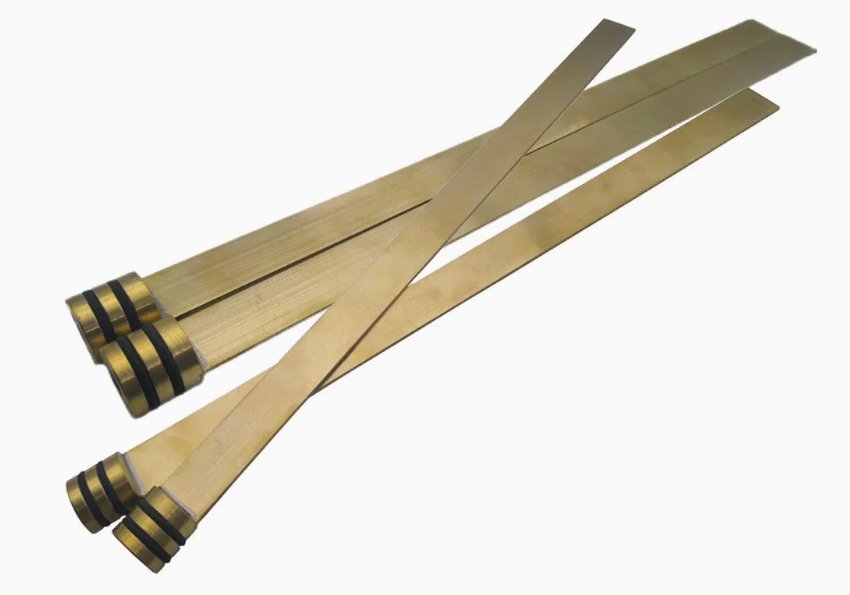
Baffles
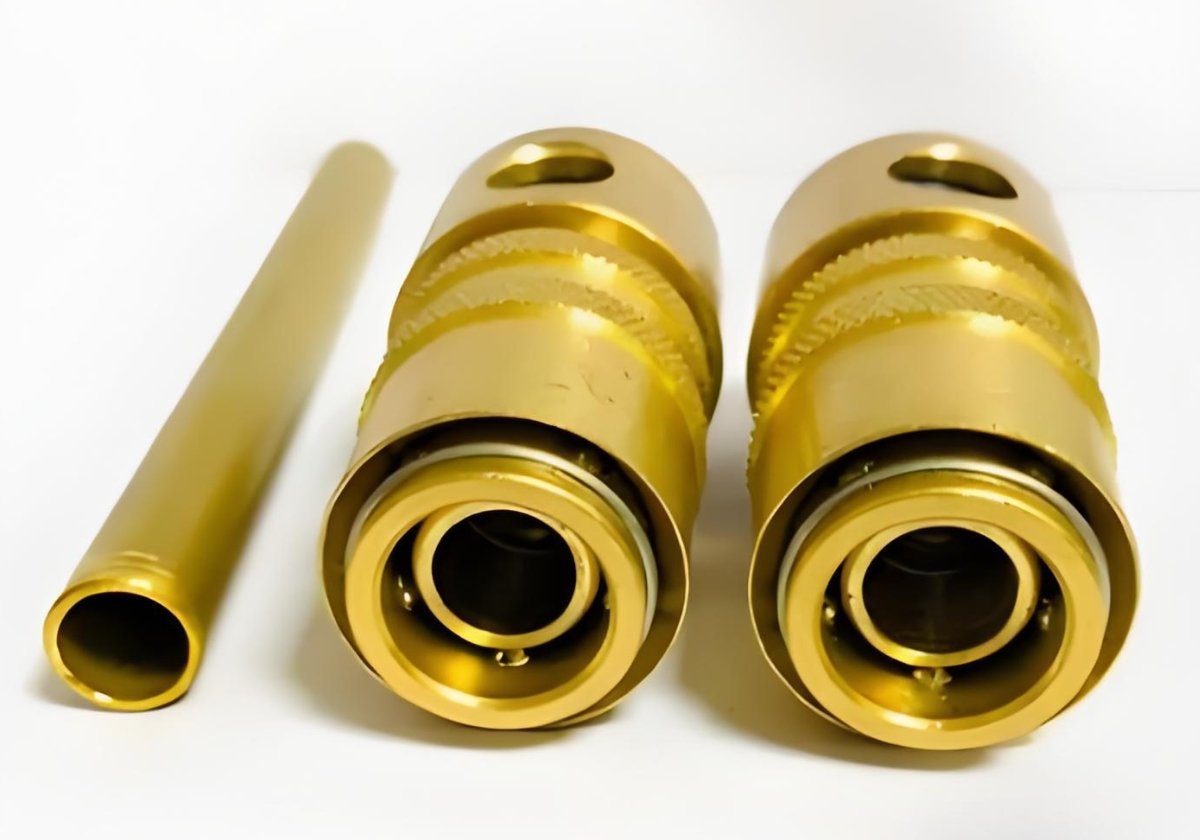
Cascades
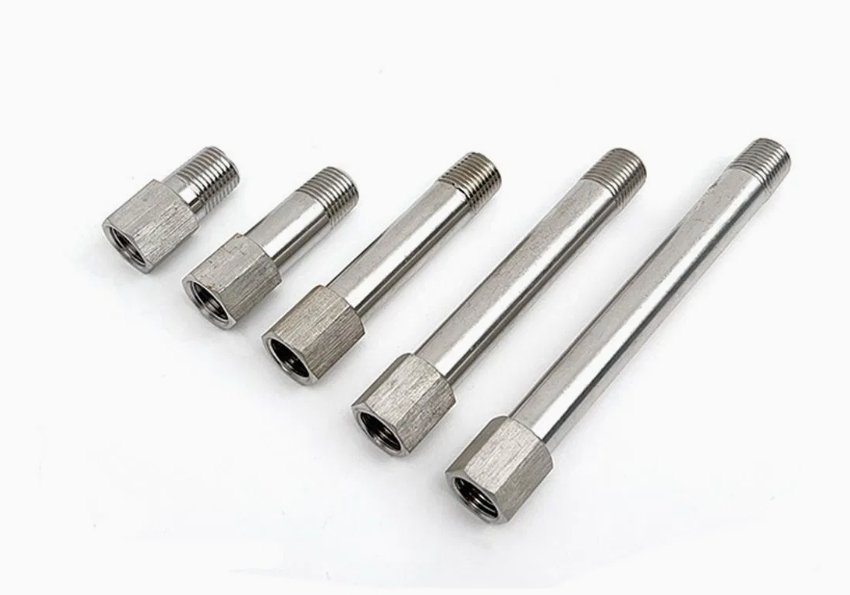
Cooling Nipples
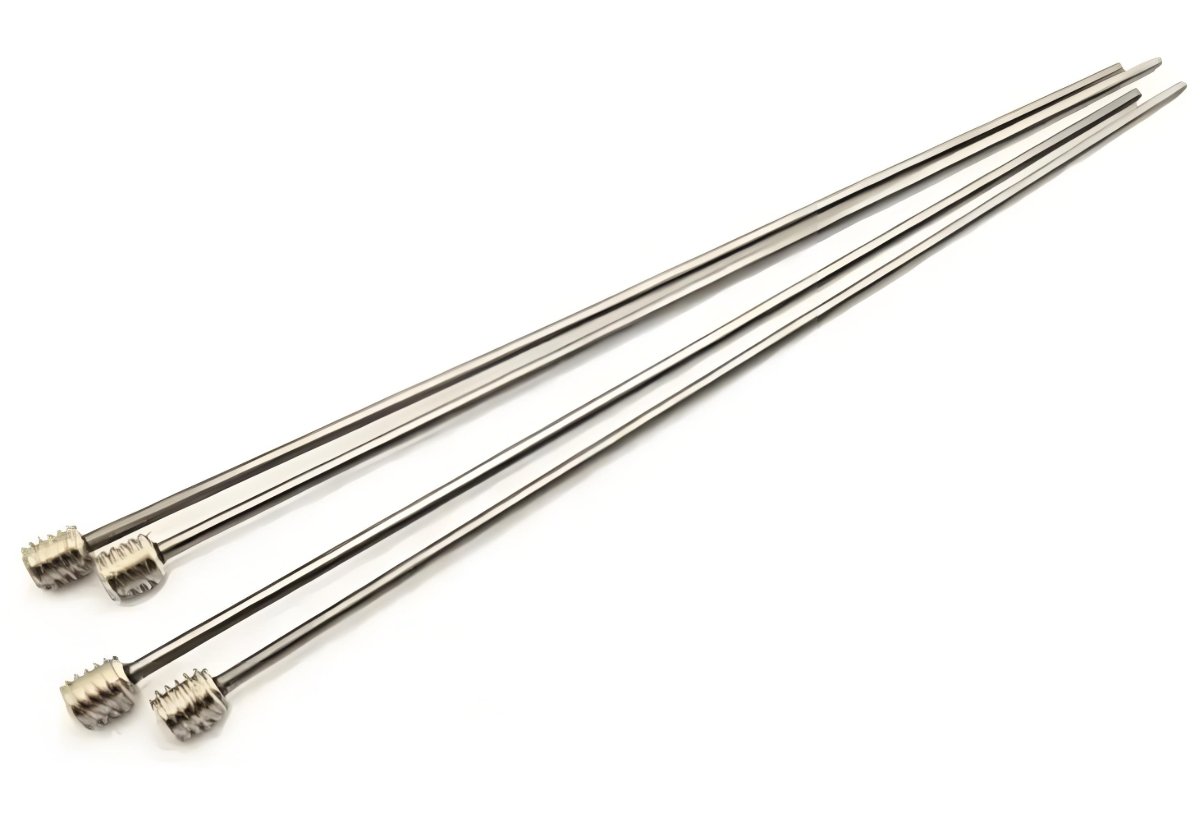
Cooling Tubes
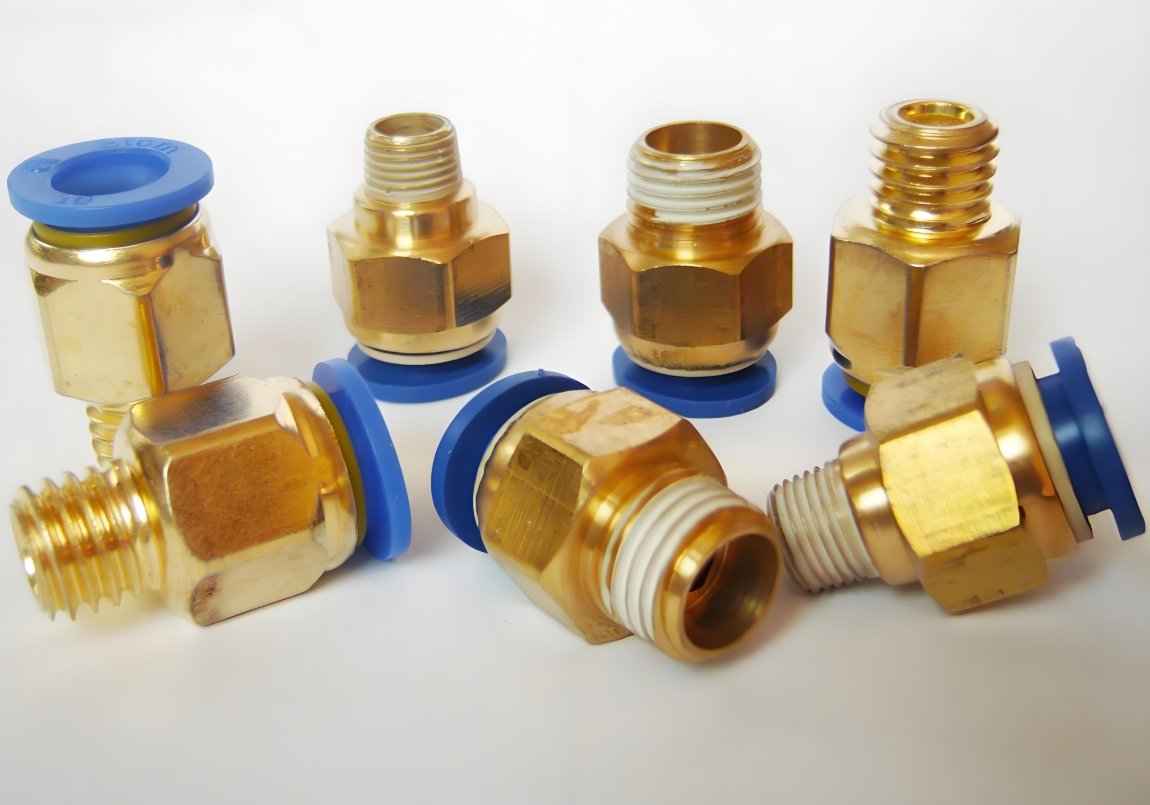
Waterline Elbows
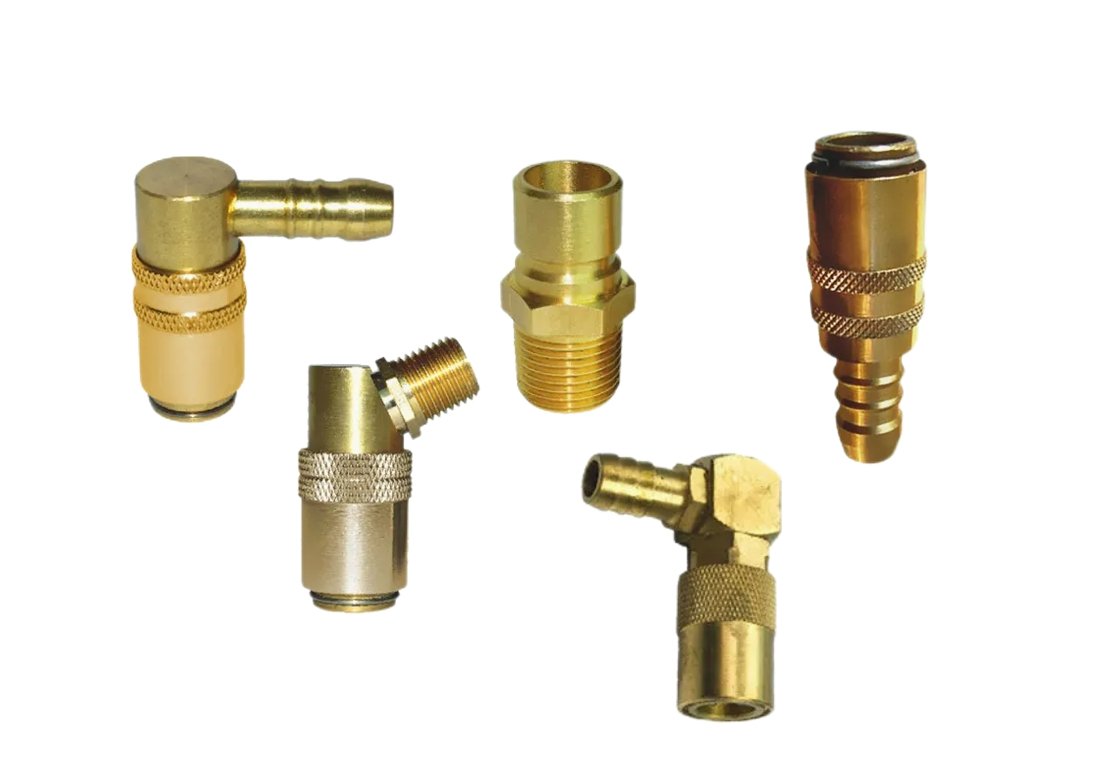
Connector Plugs
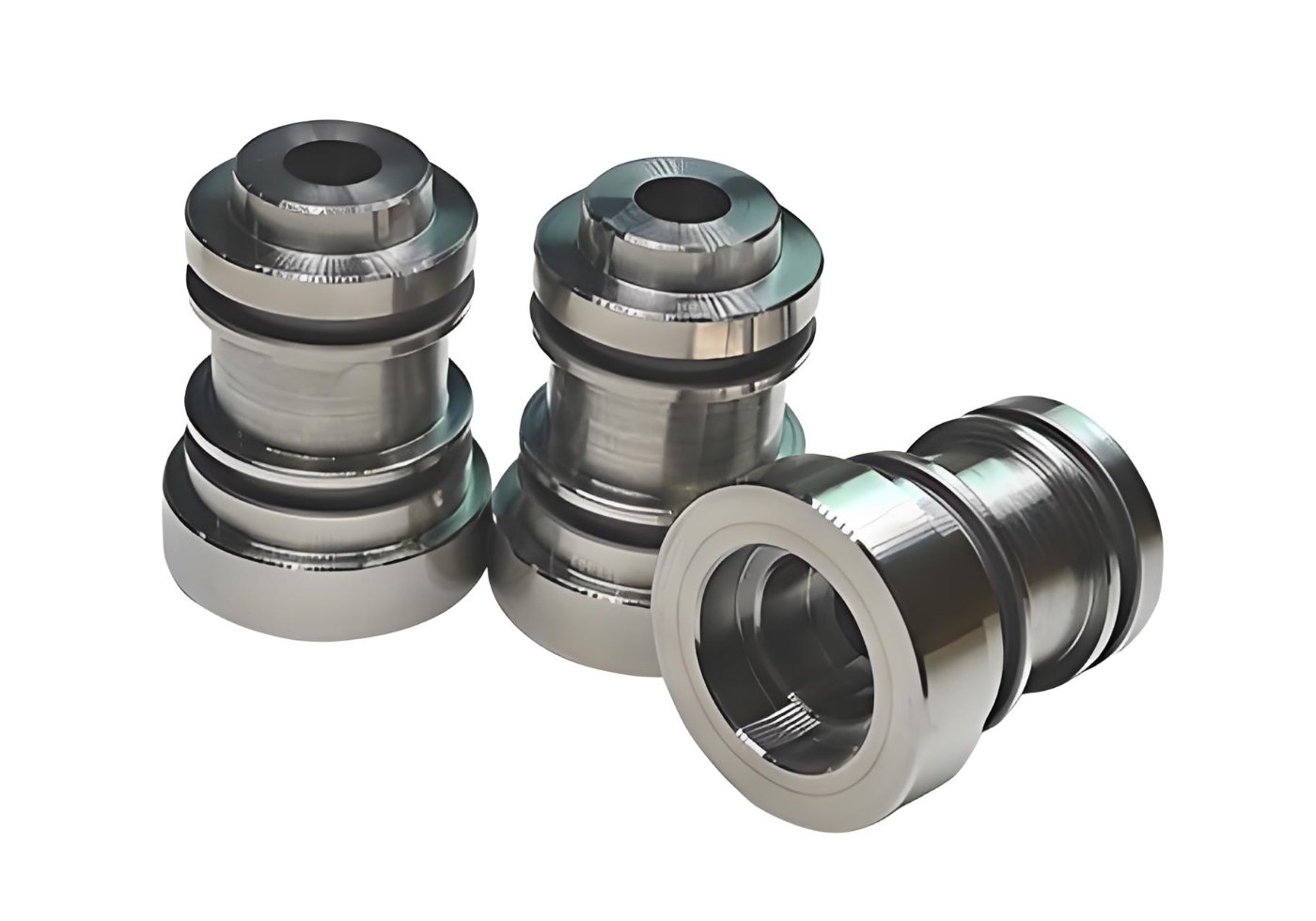
Cooling Inserts
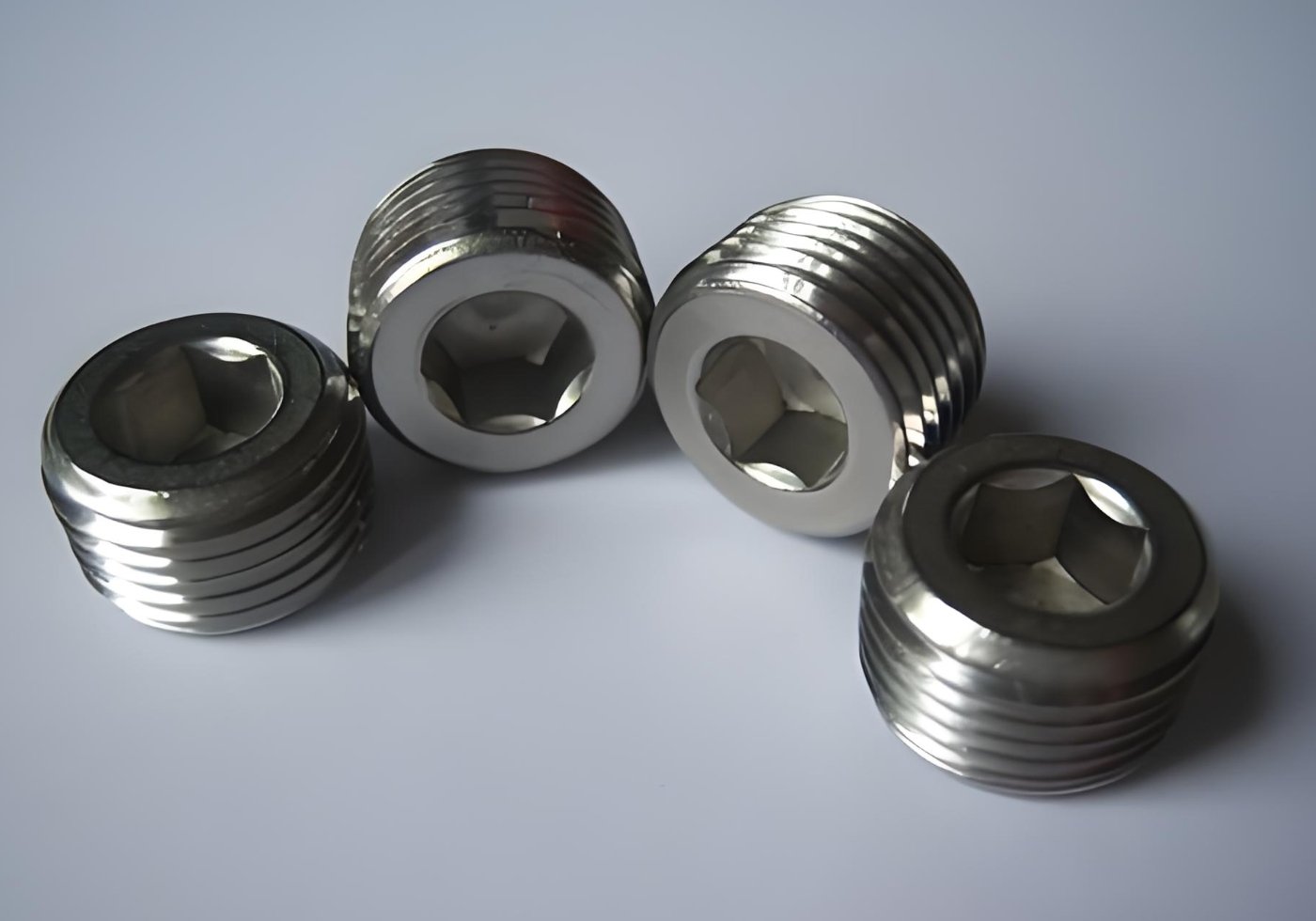
Pipe Plugs
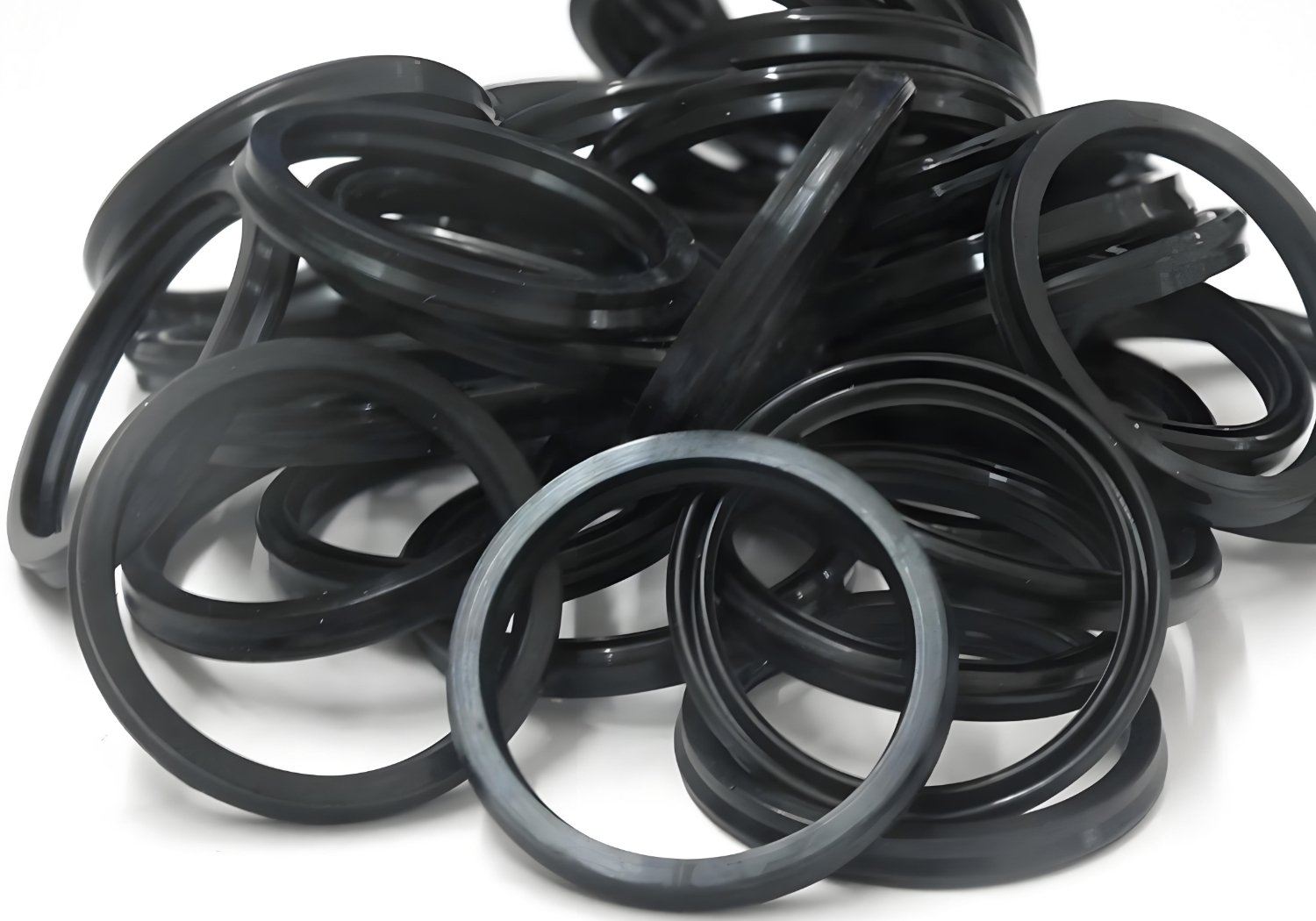
O-ring/Seal
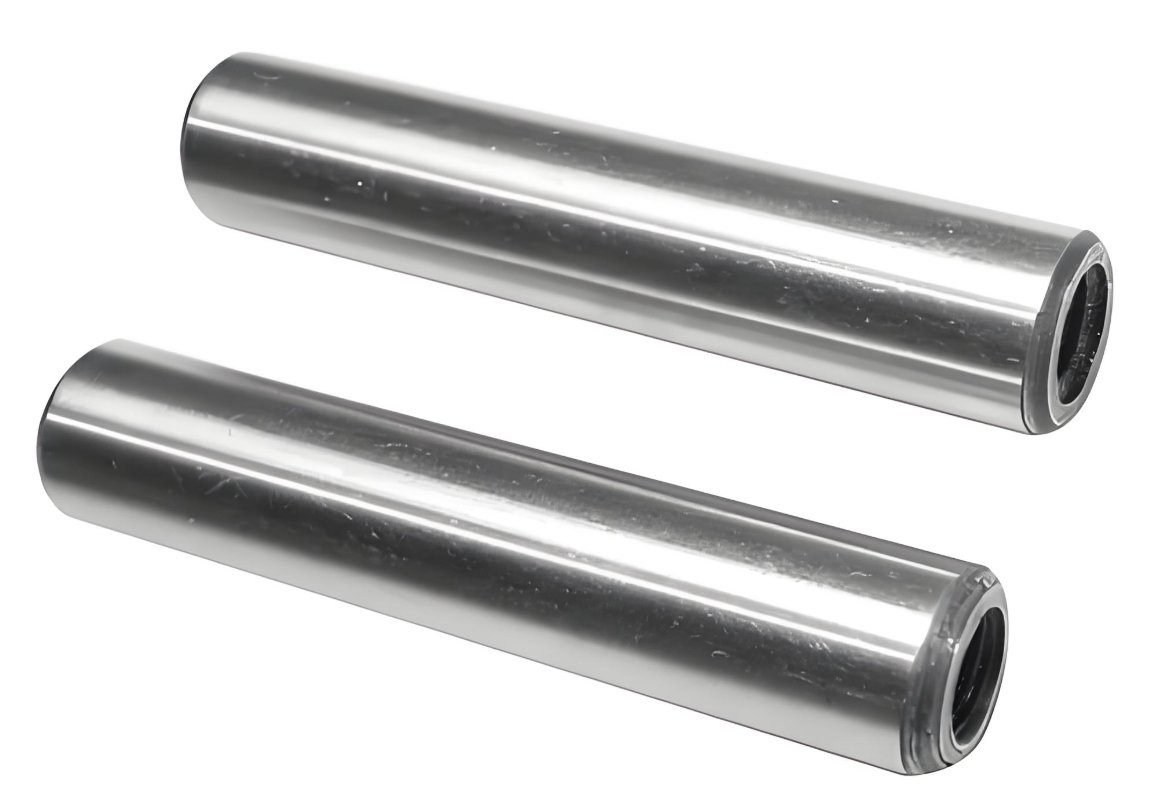
Cooling Pins
Fecision Mold Component Tooling Network
In response to different service types and diverse business needs, we have deployed suppliers with different manufacturing capabilities.
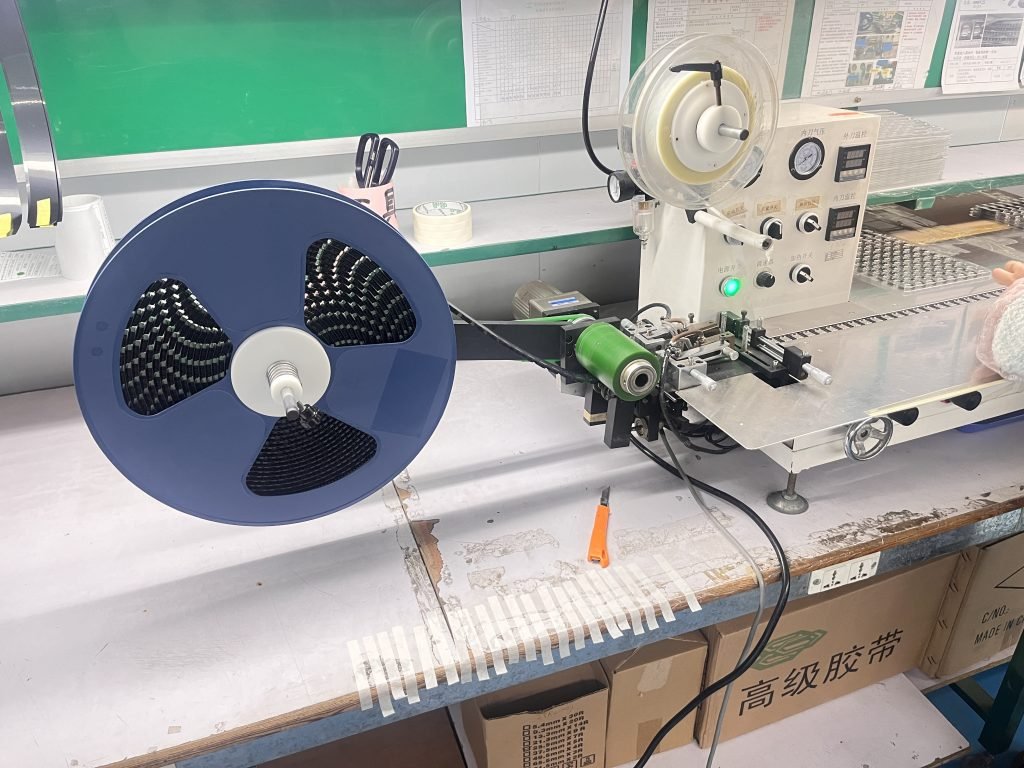
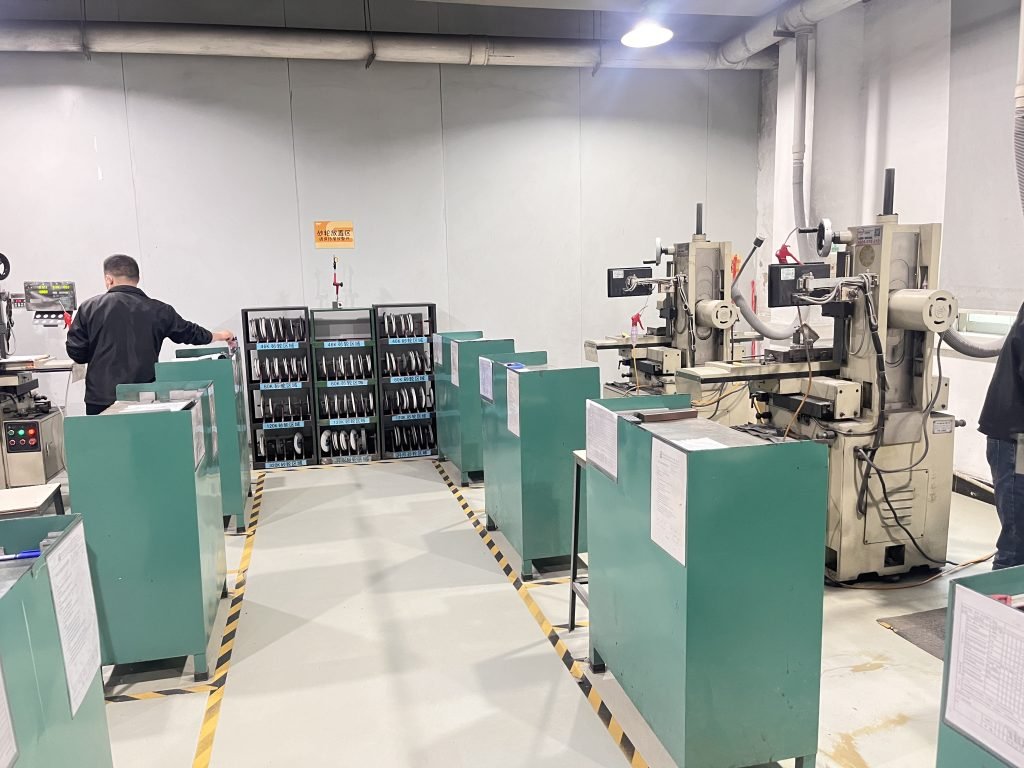
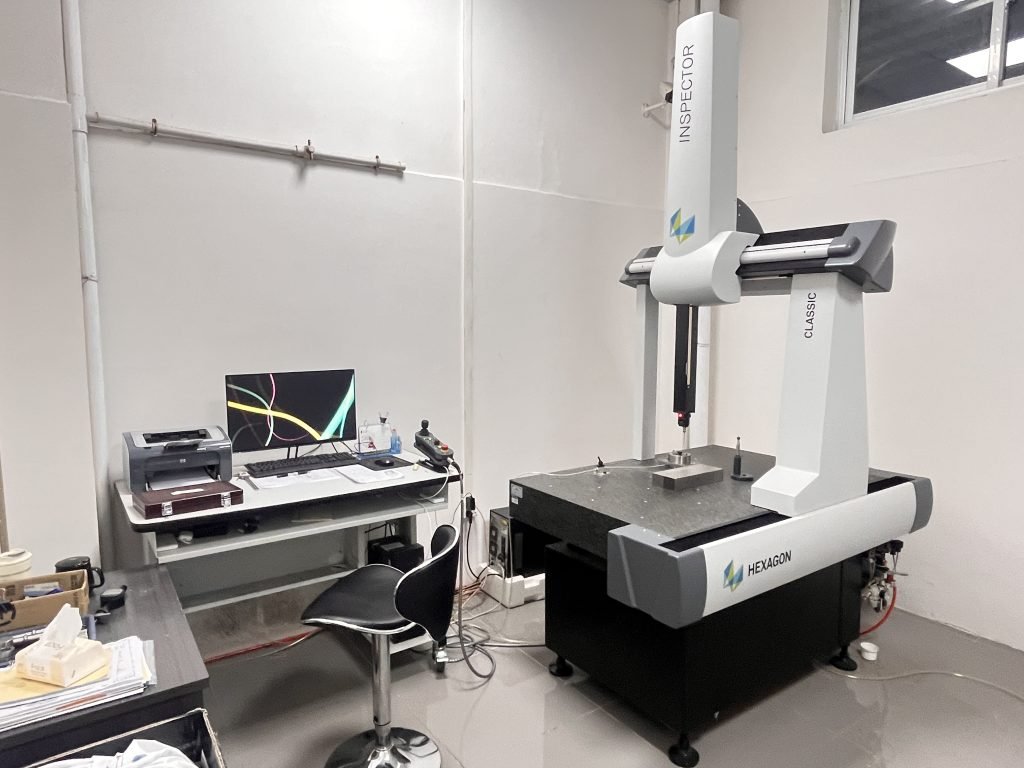
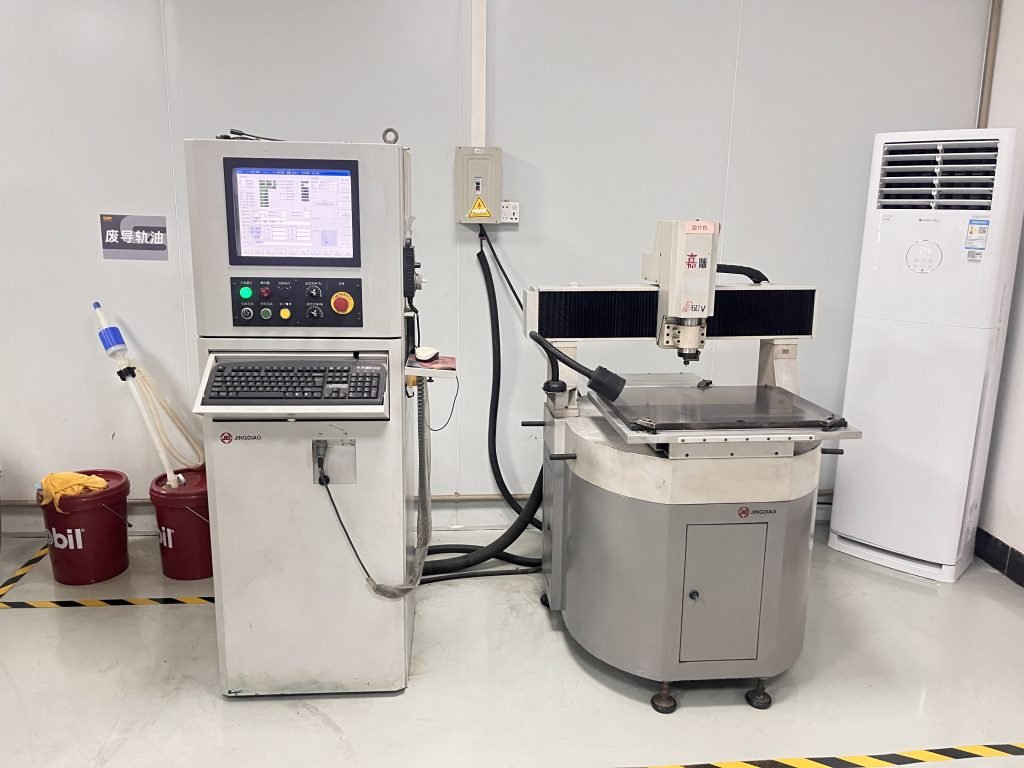
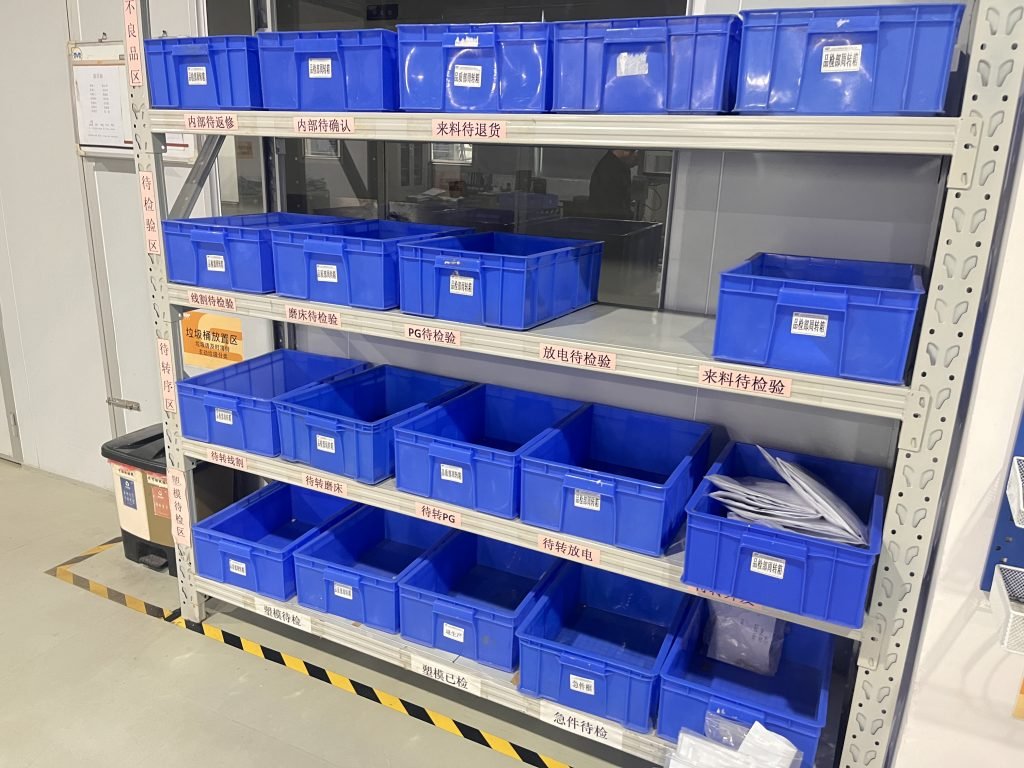
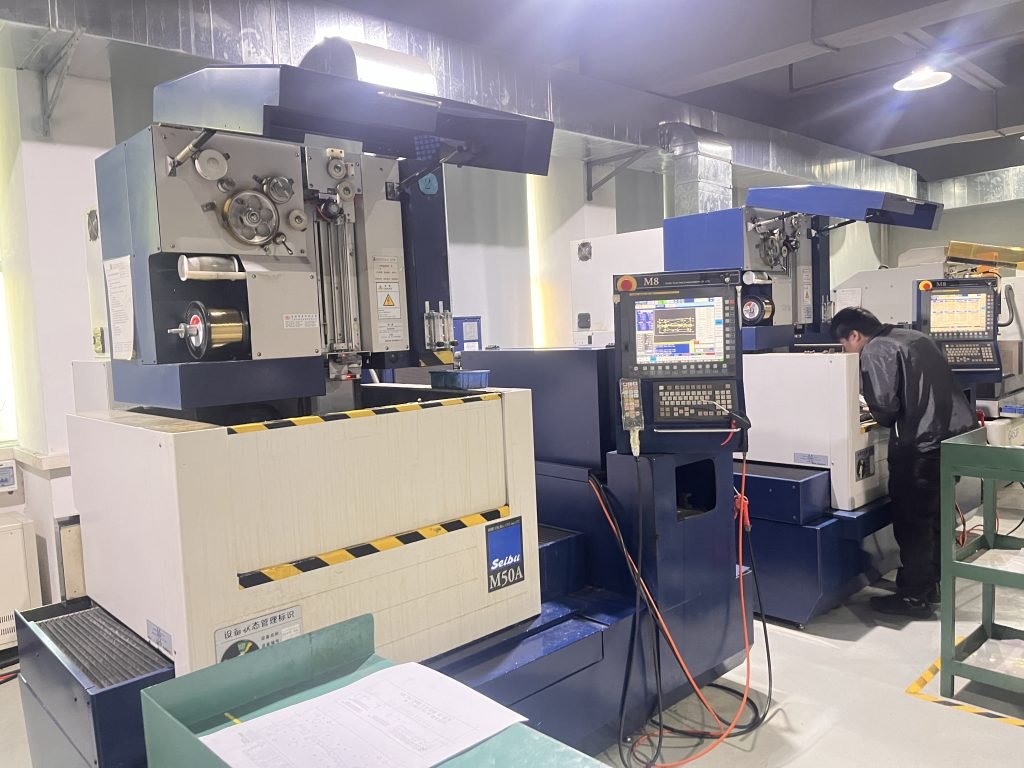

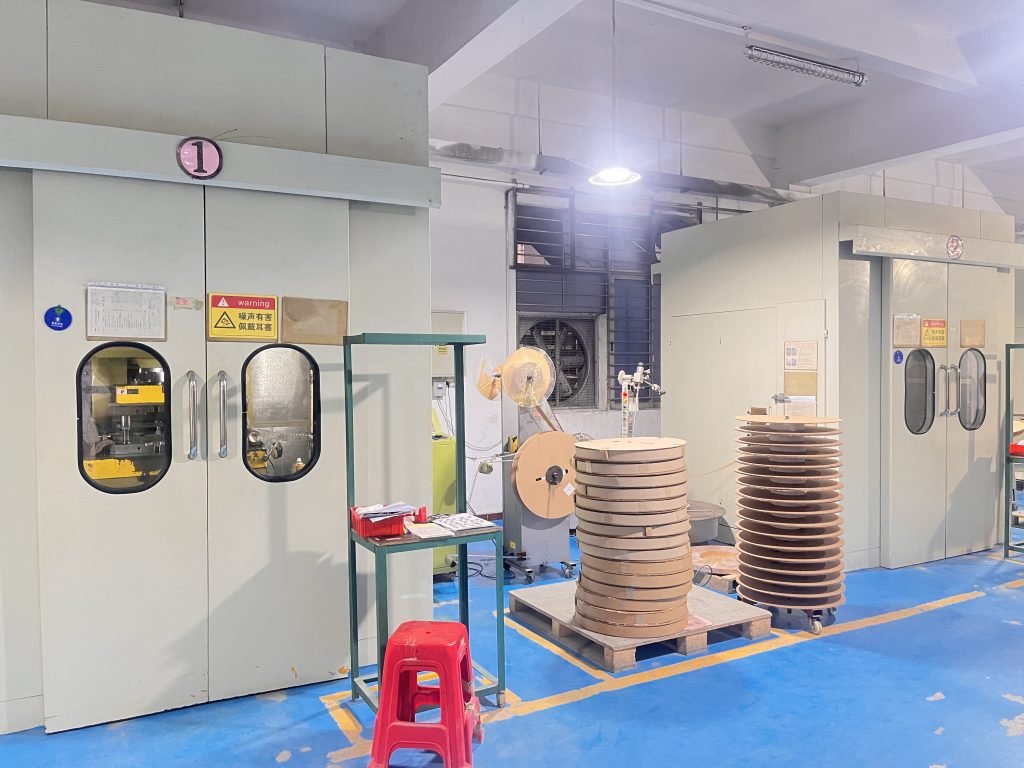
Technical Specs for Mold Components
Our processes ensure unmatched consistency and repeatability at fast lead times and affordable pricing.
| Category | Parameter | Typical Value/Standard |
| Material Properties | Hardened steel grade (e.g., H13, S136) | AISI H13 (HRC 48-52) |
| Thermal conductivity (tool steels) | 24-30 W/m·K | |
| Dimensional Accuracy | Linear tolerance (core/cavity) | ±0.01 mm |
| Coaxiality (ejector pins) | ≤0.005 mm | |
| Surface Treatment | Surface roughness (polished cavities) | Ra ≤0.2 μm |
| Nitriding hardness | HV 800-1000 (DIN 50190) | |
| Machining Parameters | CNC positioning accuracy | ±0.005 mm (5-axis) |
| Wire-cut precision (LS-WEDM) | ±0.003 mm | |
| Quality Control | 3D measurement accuracy (CMM) | ±0.002 mm |
| Mold base standard | HASCO/DME |
Manufacturing Capabilities

Deep-Hole Drilling
- Drilling depths up to 2,000mm (diameter 3-25mm) with ±0.01mm straightness.

3D-Printed Conformal Channels
- Direct metal laser sintering (DMLS) for topology-optimized cooling paths.
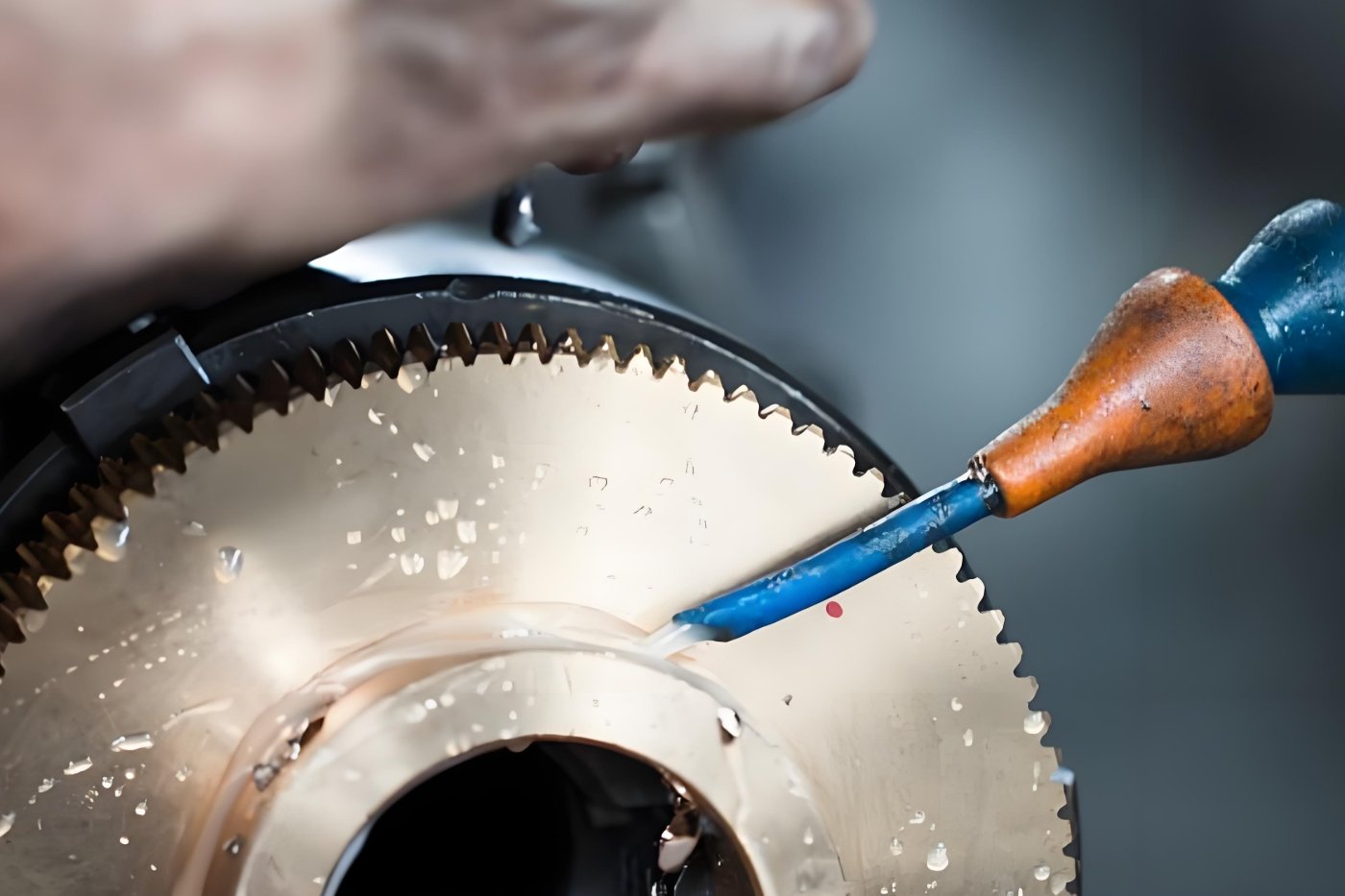
CNC Threading
- Precision NPT and BSPP threads for leak-proof connector assembly.
Post-Processing & Surface Treatments

Passivation
- Removes free iron particles from stainless steel components.

Anodizing
- For aluminum bubblers to prevent oxidation in humid environments.
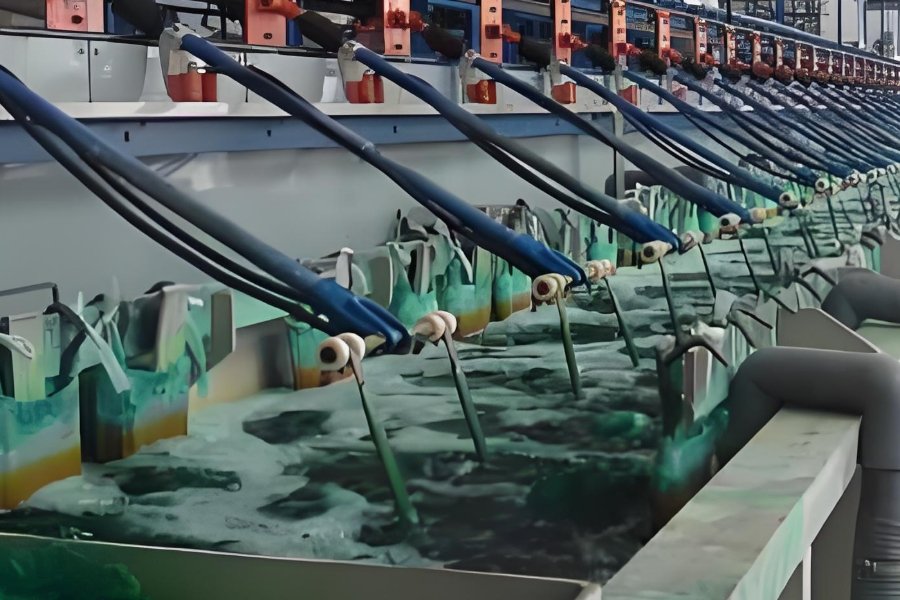
Electroless Nickel Plating
- 50-70μm coating for corrosion resistance in acidic coolants.
Why Fecision for Mold Components?

Precision and Accuracy
Using state-of-the-art CNC machining, EDM, and other advanced manufacturing techniques, Fecision ensures all mold components meet tight tolerances and high-quality standards.
Customization
Fecision understands the unique needs of each project. Our team works closely with customers to provide tailored solutions, ensuring that each component fits perfectly within the target mold system.
Rapid Prototyping
Fecision offers rapid prototyping for mold components, enabling customers to test and refine designs quickly before moving into full production.
End-to-End Services
From initial design and DFM (Design for Manufacturability) analysis to final mold assembly and testing, Fecision handles every aspect of the mold component manufacturing process.
Process for Manufacturing Mold Components
Manufacturability Evaluation
The initial step involves assessing the manufacturablity of the mold component. If it's deemed feasible, we proceed with production immediately. If not, we will provide a detailed DFM (Design for Manufacturability) report to the customer. If necessary, mold flow analysis is performed to simulate the flow of molten material within the mold.
Material Selection
Next, choose the right material for mold parts. Common materials for mold components include steel alloys, aluminum, stainless steel, specialty alloys, etc. If needed, a prototype may be made using rapid prototyping techniques (e.g., 3D printing, CNC machining) to test the design for fit, function, and manufacturability.
Mold Components Manufacturing
Once the design and materials are finalized, the mold component undergoes CNC machining. If required, the mold component may undergo heat treatment, depending on the material and intended application. For certain components, surface hardening methods such as nitriding or carburizing are applied to increase wear resistance.
Shipping
For molds with multiple components, such as multi-cavity molds or molds with inserts, the individual components are carefully assembled into the final mold system. Once our engineers confirm the product meets all requirements, it will be shipped. We maintain ongoing communication to ensure the customer is fully satisfied with the product they receive.
Let's Start!
Together, we can make something remarkable!
Let us turn your vision into reality. Provide us with your project details, and we’ll create a customized proposal designed specifically for you.

